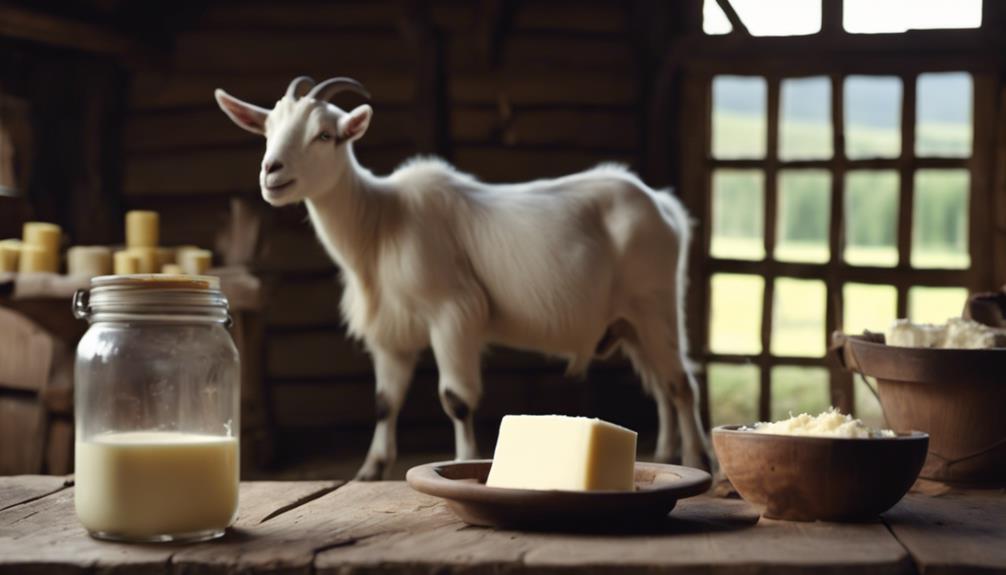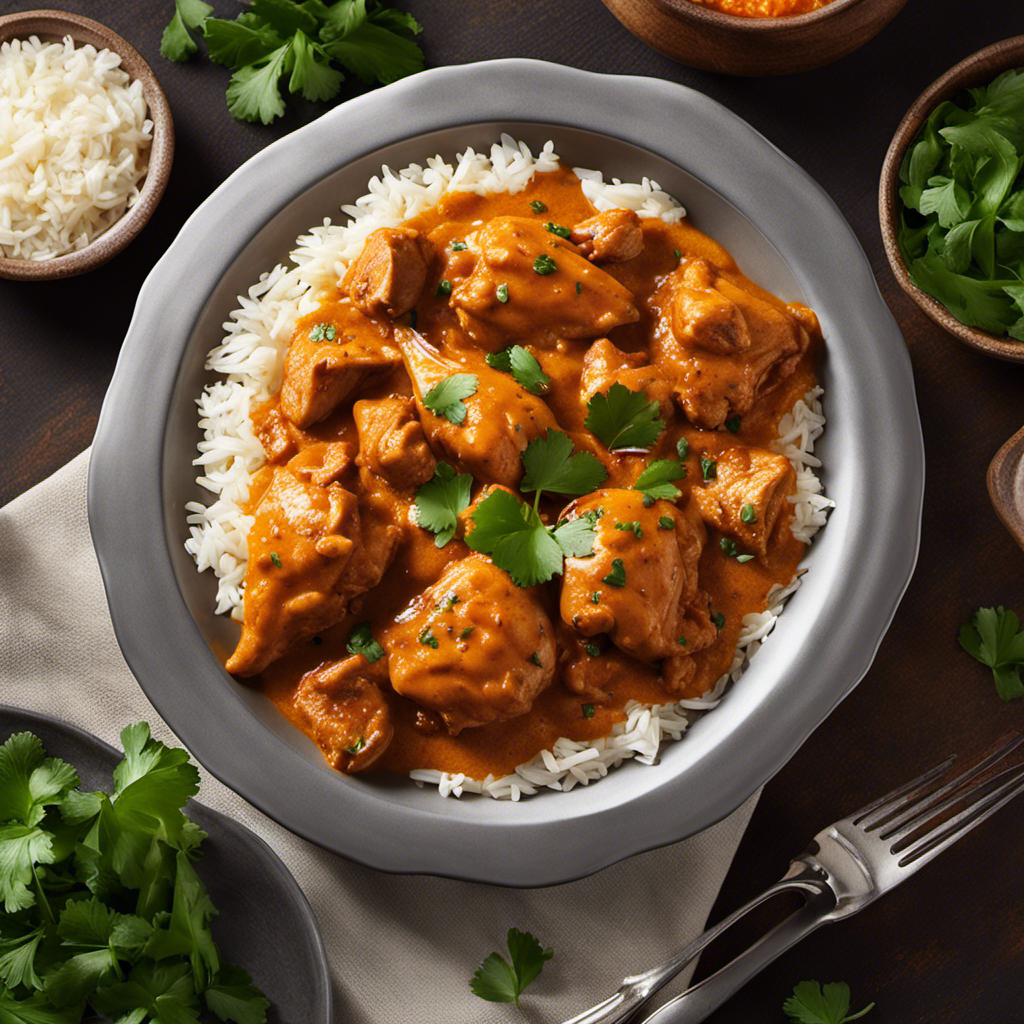Clarified butter and ghee both come from butter but have key differences. Clarified butter is made by heating butter to remove milk solids for a neutral flavor, making it perfect for high-heat cooking. Ghee, on the other hand, is simmered longer, allowing its milk solids to caramelize, which gives it a rich, nutty flavor ideal for enhancing Indian dishes. Each has unique properties and culinary uses that you might find intriguing as you explore their applications.
Key Takeaways
- Clarified butter is pure fat made by separating milk solids and water, while ghee is cooked longer to caramelize milk solids for added flavor.
- Clarified butter has a neutral flavor and is ideal for high-heat cooking, whereas ghee has a rich, nutty flavor that enhances dishes.
- Ghee is commonly used in Indian cuisine, while clarified butter is a staple in French cooking and high-heat methods.
- Clarified butter withstands higher temperatures without burning, making it suitable for frying and sautéing, while ghee adds depth to spices in curries.
- Both fats have unique properties and benefits, making them non-interchangeable and essential for different culinary applications.

When you’re diving into the world of cooking fats, understanding the difference between clarified butter and ghee can enhance your culinary skills. Both of these fats are derived from butter, but they have distinct characteristics that make them suitable for different culinary uses. Knowing their historical origins can also deepen your appreciation for these ingredients and how they’ve been utilized in various cuisines around the world.
Clarified butter, simply put, is butter that has been heated to separate its milk solids and water from the fat. This process results in a pure fat that’s great for high-heat cooking methods like frying or sautéing. It’s been a staple in culinary traditions for centuries, particularly in French cuisine. The clarity of the fat allows it to withstand higher temperatures without burning, making it a favorite for chefs who want to achieve that perfect sear on meats or vegetables.
Clarified butter, a pure fat from heated butter, excels in high-heat cooking, making it a favorite in French cuisine for perfect searing.
Ghee, on the other hand, has its roots in Indian cooking and carries a rich history that traces back thousands of years. The process of making ghee goes a step further than clarified butter. It involves simmering the butter longer, which not only separates the milk solids but also caramelizes them, giving ghee its distinctive nutty flavor. This makes it not just a cooking fat but also a flavor enhancer that adds depth to dishes. Ghee is celebrated in Ayurvedic medicine for its potential health benefits, which adds to its culinary allure.
In terms of culinary uses, both fats shine in their own right. While clarified butter is ideal for delicate sauces like beurre blanc or for greasing pans, ghee is often used in Indian dishes such as curries and dals. Its robust flavor complements spices beautifully, making it a key ingredient in many traditional recipes. You might find ghee used as a finishing touch in rice dishes or drizzled over vegetables to elevate their taste.
As you explore these fats, remember that they’re not merely substitutes for one another. Each brings its unique flavor and cooking properties to the table. By incorporating both clarified butter and ghee into your kitchen repertoire, you’ll not only elevate your dishes but also pay homage to the historical origins and culinary traditions that shaped these beloved cooking fats. So, whether you’re roasting, sautéing, or simmering, let these fats guide your culinary journey.
Frequently Asked Questions
Can I Use Ghee for Baking Recipes?
Yes, you can definitely use ghee for baking recipes! It works well as a baking substitution for butter or oil, adding a rich, nutty flavor that enhances your treats. Ghee’s high smoke point makes it perfect for various baking methods, and it can improve the texture of your baked goods. Just remember to adjust the measurements slightly, as ghee is more concentrated than regular butter, giving your recipes a delightful twist!
Is Clarified Butter Lactose-Free?
Yes, clarified butter is generally considered lactose-free. During the clarification process, most of the lactose content and proteins are removed, making it a suitable option for those with dairy allergies or lactose intolerance. However, if you’re highly sensitive, it’s best to check labels or consult a specialist, as trace amounts might remain. Enjoy using clarified butter in your cooking without worrying about lactose affecting your digestion or health!
How Long Does Ghee Last Once Opened?
Once you crack open that jar of ghee, you can expect a shelf life of about three months if you store it properly. Keep it in a cool, dark place and make sure the lid’s sealed tight. If you refrigerate it, you can extend its storage duration up to six months, maintaining its rich flavor and quality. Just remember, ghee’s like a fine wine—best enjoyed fresh!
Can Ghee Be Used in Vegan Cooking?
Ghee isn’t vegan since it’s made from dairy, but you can still achieve similar flavors in vegan cooking. Instead of ghee, try plant-based alternatives like coconut oil or vegan butter. These vegan substitutes can provide the richness you’re looking for without dairy. Many plant-based alternatives are versatile, allowing you to sauté, bake, or spread just like you would with ghee. Experiment with these options to find what works best for your recipes!
What Are the Health Benefits of Ghee?
Ghee offers several health benefits, thanks to its impressive nutritional value. It’s rich in vitamins A, D, E, and K, promoting overall wellness. You’ll also find that ghee is easier to digest for many, making it a great option for those with lactose sensitivities. Beyond its health perks, ghee holds cultural significance in various cuisines, symbolizing purity and richness, which enhances your cooking experience and connects you to traditions.
Conclusion
In conclusion, whether you choose clarified butter or ghee, both offer unique flavors and health benefits. Clarified butter shines with its subtle taste and versatility, while ghee boasts a rich, nutty aroma and a higher smoke point. So, if you’re looking for a delightful cooking fat, you can’t go wrong with either. Embrace the richness of clarified butter, relish the depth of ghee, and elevate your culinary creations with these delicious options!










